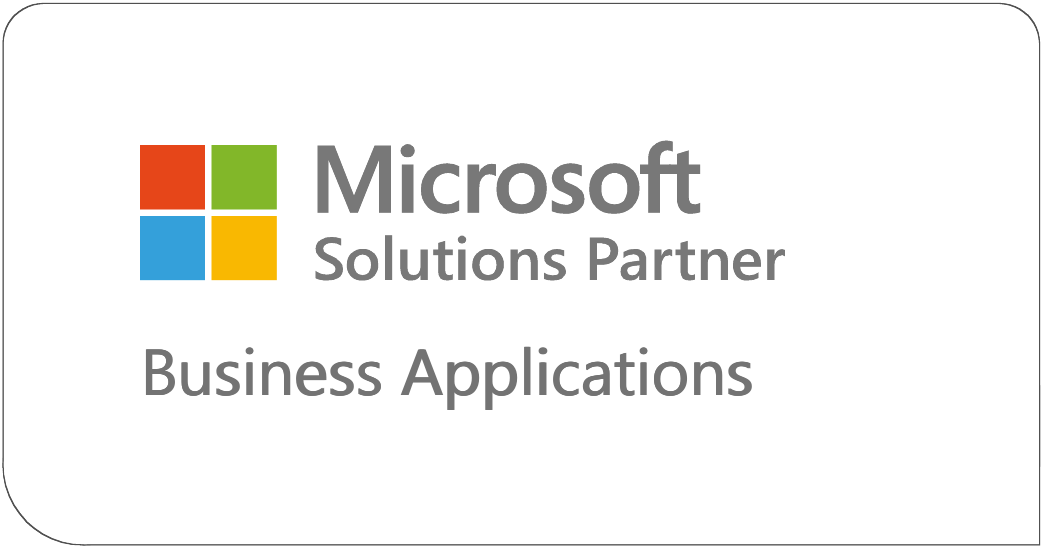
Part of our role as a Microsoft Dynamics Solutions Partner is helping our customers optimize their business software applications to realize better overall performance and output. Recently, in conjunction with one of our Dynamics GP (Great Plains) customers, our resident Great Plains guru David Laster provided some concise and actionable advice aimed at helping our customer take the appropriate steps to ensure their Dynamics GP environment was in the best possible state for optimal performance.
Of course the best way to performance-tune any software application is to get under the hood and have a look at how things are configured but in lieu of that we can shed some light on a few techniques, tools, and process tweaks designed to dramatically boost your Dynamics GP system’s overall performance.
Microsoft Dynamics GP Performance Enhancement Tips
1) Standardize Change Control Processes
Adopting a formal change control process for fixes pertaining to your Dynamics GP environment is highly recommended. Bad data gets unearthed from time to time when integrating, or running a SmartList, or just digging into the guts of the data in the system. The urge often comes to fix it all using SQL updates in the ‘back end’ which are somehow supposed to magically make the problem go away.
This can (and does) create more damage than good. Have a good test plan and UAT period and know the point of no return. Any changes – whether they be to data, or to adding new features and applying service packs and hotfixes to any ERP should be done thoughtfully and by knowledgeable, qualified and experienced people. Start by creating a plan which outlines who, when, and how updates in your environment should be performed.
2) Run Routines
Run the Remove Paid Transactions routine in Receivables Management (you may want to do this with your Dynamics GP partner the first time). Some GP users never do this leaving all of their receivables sitting in the OPEN table when probably 99% of them should go to the HISTORY table. The built-in routine in GP takes care of this properly. There is also a GP tool that undoes any inappropriately applied cash receipts and puts them back into the OPEN table. This paid transaction removal routine should be run Monthly for a company of average size and volume.
3) History Purge
Get and use the Company Data Archiver tool from Professional Advantage. We recommend trimming GP history in the LIVE GP company to 5 years and then moving everything beyond that threshold to the ARCHIVE database.
Moving forward you have choices:
- A) Do this once a year as part of the year-end close after the close routine is run, or,
- B) Curate that remaining data set for a couple of years in the trimmed-up PROD company before you do another purge to archive.
Although rare, some people purge once, and then never need to do it again because it accomplishes the desired purpose. Most LOVE the performance boost they get and the accessibility of the historical information when done right. Skeptics need to begin by watching this short video:
4) Bad Data Triage
Identifying bad and/or superfluous data is an area of routine maintenance that is often neglected but can pay enormous dividends. Like getting rid of things in your house you don’t use anymore before you move, getting rid of extraneous data means that when you get to the end of these recommendations you’ll have dramatically less data to manage. We have done many exercises regarding data clean up and we all know there is a lot of inconsistent and duplicative data out there.
5) Bad Data Clean Up
Now that the data set is significantly trimmed down in the production company, it is time to clean up the data there. We recommend using readily available tools that do this for you and are used everywhere by people who use GP. Customers, addresses, accounts, Items, vendors, anything can get hit with our lens and get cleaned up! You can even identify and execute changes using the Address Validation tool that is part of Avalara’s AvaTax for Dynamics GP application.
6) Add Microsoft POWER BI to your now-clean Dynamics GP environment!
Check out our custom Power BI dashboards for Dynamics GP!
Final Thoughts
Every implementation of Dynamics GP is unique. From system configurations, integrations, customizations, and 3rd party software applications in use each one poses its own challenges to being optimized for performance.
We hope these recommendations prove to be helpful with your Dynamics GP environment. Unfortunately there isn’t one single easy fix to arrive at a state of optimization but a series of smaller continuous steps tied together over time. Please let us know if you have any questions on what is presented here or if there is anything we can do to assist as you embark on your journey to optimal performance. Click below to contact us or check out our Microsoft Dynamics GP services!
Related articles
Dynamics GP to Business Central Migration: Key Insights from our Webinar
In case you missed our webinar on Dynamics GP to Business Central migration, here are 5 expert insights from our ERP specialist, David Laster!
Dynamics GP End of Support: Compliance Risks You’ll Face After 2029
Here, we go over the tax and security compliance risks of staying on Dynamics GP post the December 2029 end-of-support deadline.
Introducing Dynamics GP 18.7: Top 6 New Features
Dynamics GP 18.7 has been released. Here is a look at GraVoc’s top 6 favorite new features of this latest update.




